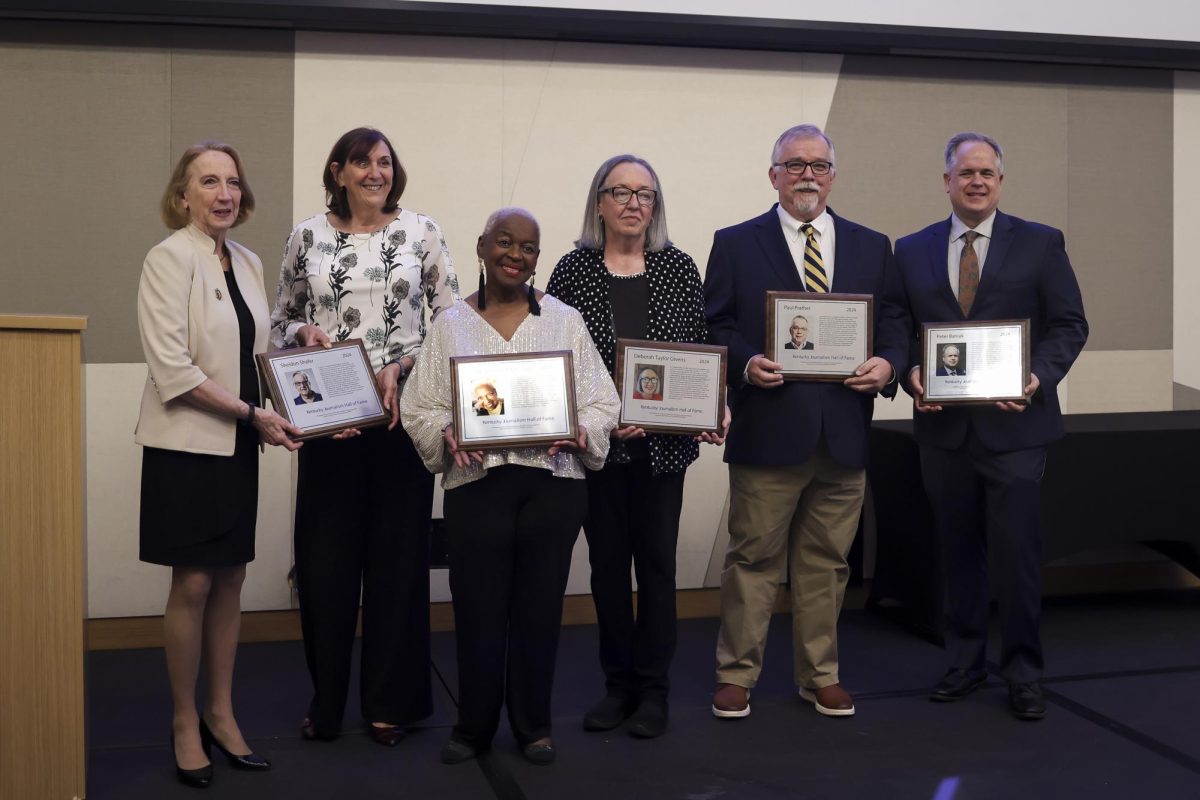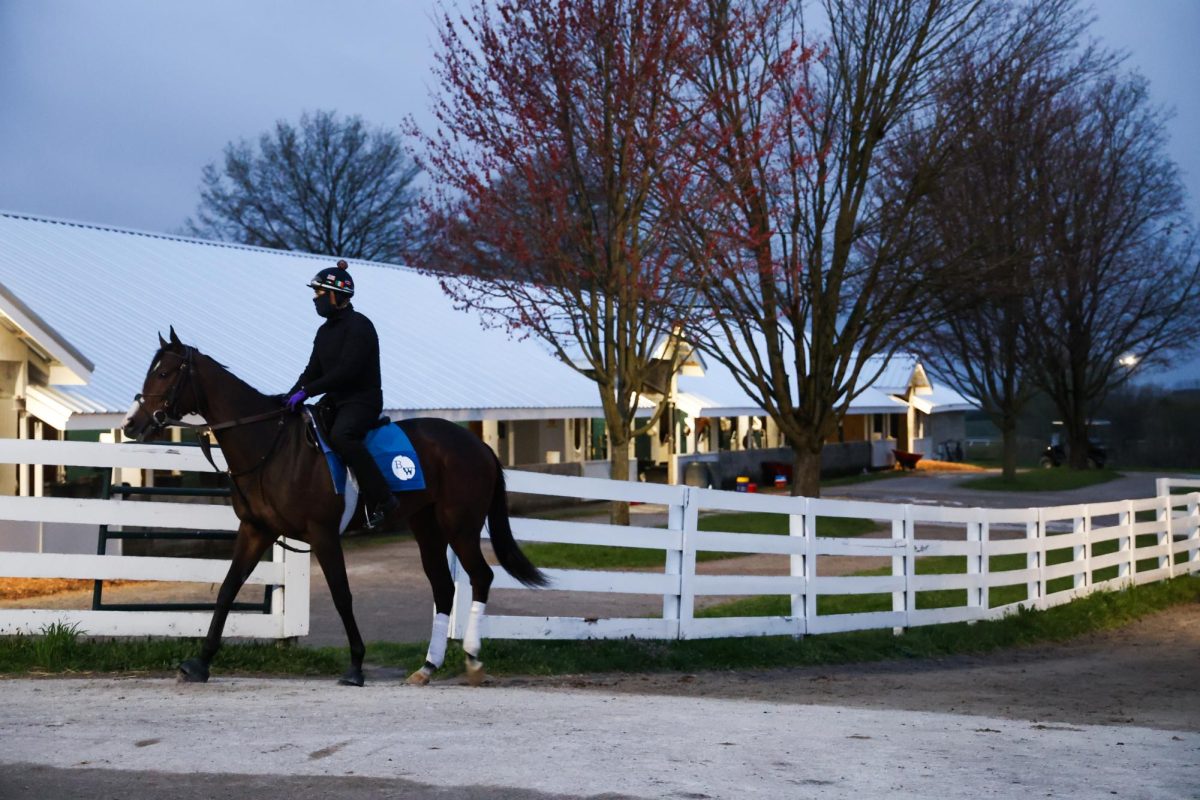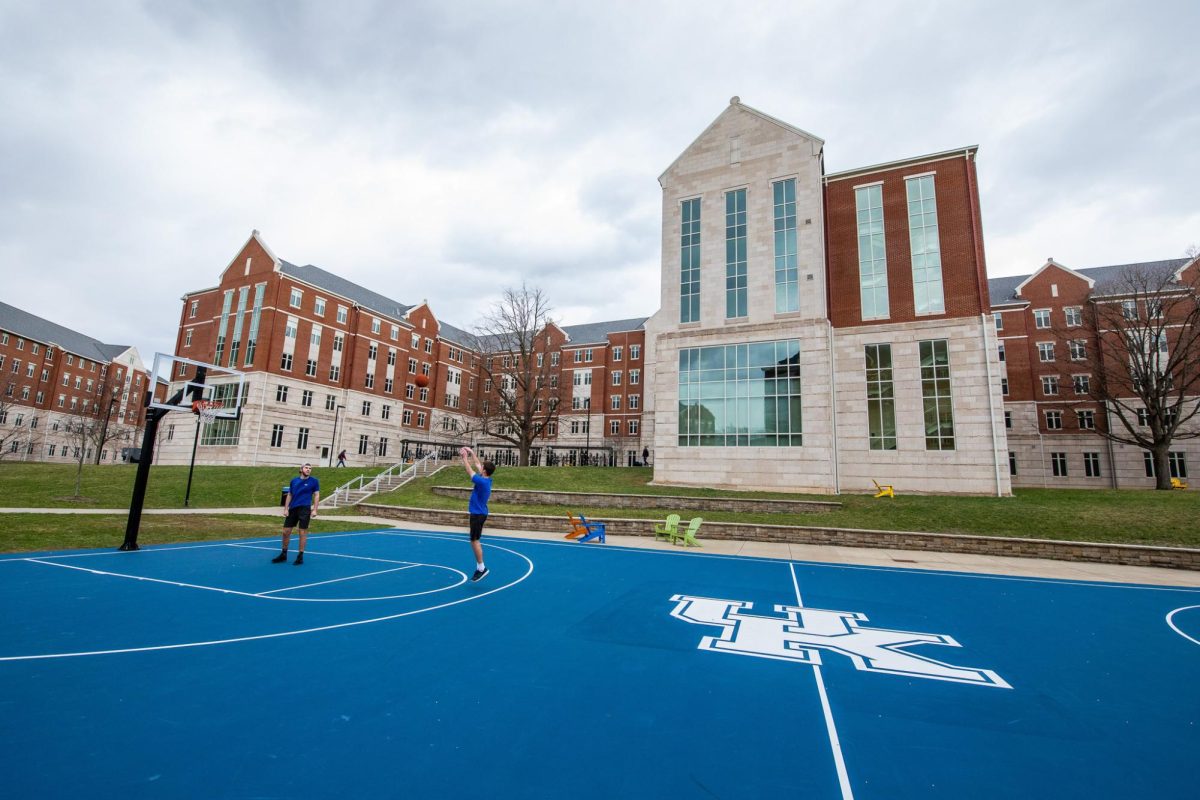Rural students contribute to diversity in college
June 20, 2017
Since the 2016 presidential election revealed the neglect of rural areas (and its consequences), the importance of reaching out to rural students is even more essential.
As many colleges find, rural students bring an element of geographical diversity to campuses filled with urban or suburban students. They have different perspectives and understand political and social problems in a way that is unique to their past lifestyles.
However, rural students are often underrepresented in American colleges. Only 29 percent of rural-raised 18-24 year olds are enrolled in college compared to 47 percent of urbanites of the same age. In high school, internet access and AP classes are limited, which further isolates rural students.
Attitudes toward college are another problem. Poverty rates are significantly higher and education levels are lower in rural areas than in urban or suburban areas. Part of that is because rural dwellers don’t always see the value in a college education and older generations tend to push their children toward getting a job instead of getting an education. If a person wants to live and stay in rural areas where professions like welding are more lucrative, why waste money on a lesser-paying degree?
The problem is that rural students are often ignored by recruiters and if they are sought out, they’re difficult to reach. Despite “rural” areas making up 72 percent of the nation’s land, only 14 percent of the population lives there, and as mentioned before, their willingness and ability to pay for college is often hindered.
So what is the solution? Connecting students to the outside world is critical – that means improving rural internet access and distributing more information about colleges so that students know that college is an option. More effort on the part of college recruiters is also necessary, as college can be a big and scary decision to navigate, especially for rural, often first-generation students.
To read the full article in The New York Times, click here.


















































































































































